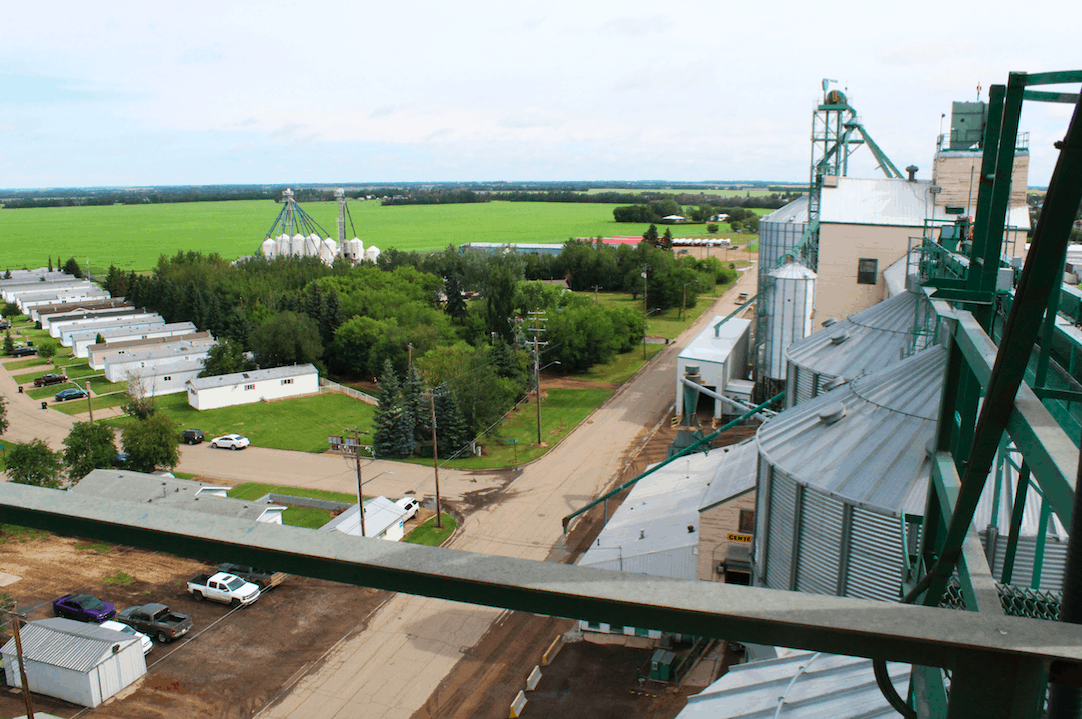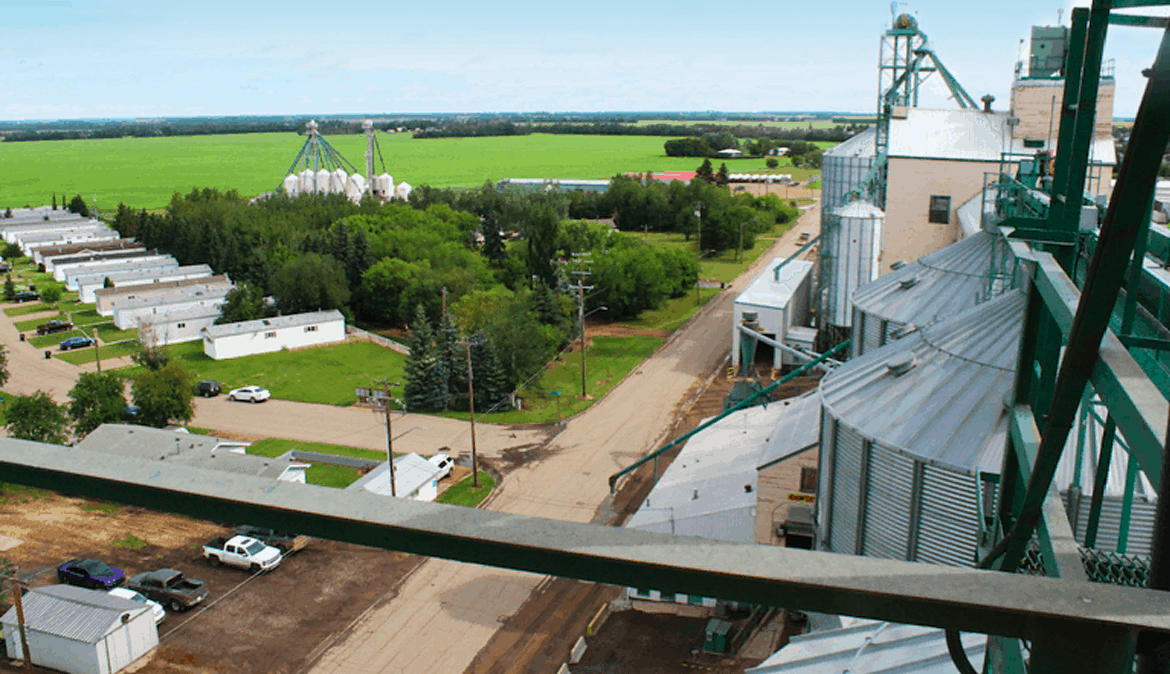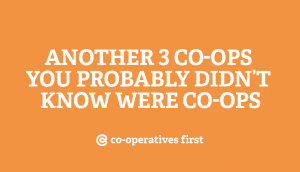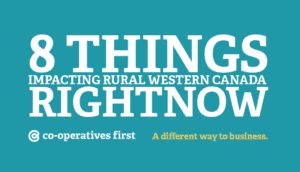Previously we’ve talked about the important role co-operatives might play in succession planning for rural businesses as baby boomer business owners begin to retire. The same is true for the preservation of rural assets through infrastructure co-ops. Many communities across Canada are experiencing gradual declines and aging populations. As workforces dwindle and young people leave rural lifestyles for the appeal of urban centres, the incentive for businesses and governments to invest in rural areas declines.
Fortunately, Canada’s rural communities are resilient, and there’s a long history of Canadians telling government and big business ‘no thanks, we got this.’ From the early establishment of the grain pool system and co-operative refinery to modern co-op investments in business, housing, people, and infrastructure, rural communities are experts at co-operating to overcome challenges through local solutions.
Alberta is the infrastructure co-op hub of Canada
Some of the best examples of infrastructure investment can be found in Alberta. Where other provinces relied on large corporations, governments, or Crown corporations to deliver services, there’s a lot of examples of Albertans taking on local infrastructure investment themselves. This investment was largely spurred by a need to ensure agricultural areas were serviced with reliable utilities that would not exploit farmers.
Rural Electrical Co-operatives
Following WWII there was a push among farmers to access power through electrical distribution systems. In the United States, under President Franklin Roosevelt and the Rural Electrification Administration (REA), over 90% of rural areas had electricity by the 1950s. The first Alberta REA was incorporated in Springbank in 1947. Over 415 REAs were created in the following years, but by the 1990s many had amalgamated or were bought out. Today only 31 REAs exist, but the investment in rural infrastructure made by Albertans through their co-ops has had long-term impacts.
Rural Water Co-ops
Rural Albertans, especially those in the south, are frequently plagued by water shortages and droughts, indicating a need for rural water distribution systems that support farmers and ranchers. Rural residents responded to these concerns by creating locally-owned water co-operatives that allowed users to “pool resources, to share ownership and costs, and to share the benefits of a self-owned system.” Today there are over 170 water co-ops across Alberta with over 3,600 connections. Many of these co-ops are members of the Alberta Federation of Rural Water Co-operatives, an umbrella organization that addresses the water needs of rural Albertans and communicates with provincial and federal government departments.
RELATED
The Power of Alberta: a farmer-owned terminal and DIY utilities
Co-ops keeping transport infrastructure in the region
A decline in services for grain producers has impacted the prairie provinces. In Alberta, farmers in the Westlock and Alliance-Kelsey regions were affected when two major companies discontinued staple services in the areas. In Westlock, major Canadian grain company Agricore intended to close the terminal and centralize operations in Edmonton. In the communities of Forestburg, Allience, Galahad, Heisler, Kelsey, and Rosalind, CN intended to close the rail service from the region to Camrose, which gave farmers access to ports in Prince Rupert and Vancouver. In both cases, farmers were at risk of incurring significant transportation costs to bring their goods to market, and rural communities would lose valuable infrastructure and services.
Farmers in Westlock formed a steering committee in an attempt to find a private investor that could purchase the terminal, but the upgrades it would need deterred potential buyers. In the end, local ownership — through the co-operative business model — allowed farmers and business people to invest in their community and form Westlock Terminals NGC in 2002. By 2012, the co-op raised additional capital through a second share issuance and upgraded the terminals. The co-operative currently has of over 270 shareholders including farmers and local investors.
A rail co-op
In 2010, farmers in the Alliance-Kelsey area purchased a locomotive and 50 rail cars from CN and received permanent operating authority from Alberta Transportation. The co-operative, comprised of over 180 farmers and local investors, raised the $4.85 million necessary to purchase the line and began operations on December 14, 2010. The railway connects farmers to important transportation routes and has led to significant support from the community. The Friends of Battle River Railway use the railway for community activities, train rentals, and social events such as the annual ‘Great Battle River Train Robbery’ in August.
Alberta may house the most examples of co-operative investment in rural infrastructure, but there are many examples across Canada. From the Community First Health Co-operative in BC to SolarShare in Ontario and Access Communications in Saskatchewan to EOS Energy in New Brunswick, the co-operative business model is a platform for local investment in and ownership of vital rural infrastructure.

 Written by
Written by 





